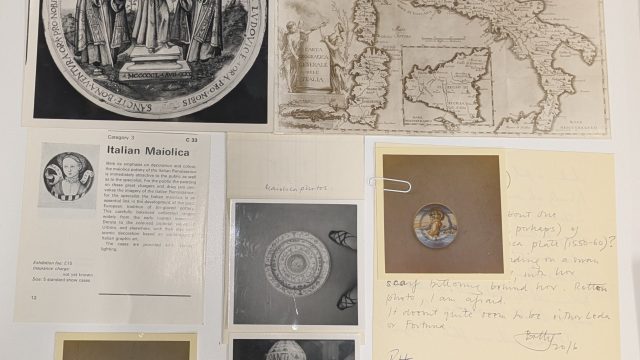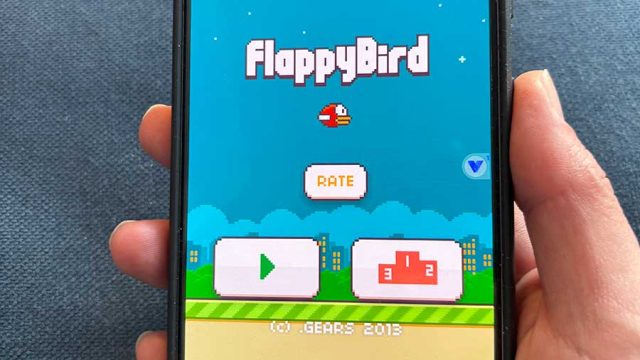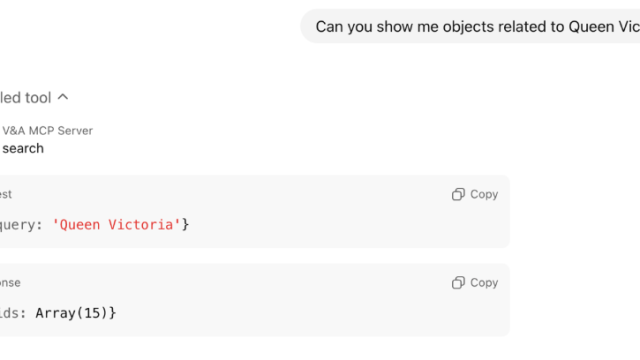For most of us, digital platforms are sites of social and cultural life, often our primary source for news and entertainment. At the same time, their role as data extraction machines, their capacity to disrupt existing markets and to influence billions of users makes them especially compelling and controversial artifacts of our time. After several months researching the challenges of collecting born-digital objects, the way we look at platforms like Facebook, Amazon or Netflix has changed as we started thinking about them as a potential candidate for entering museum collections. Our team invited a number of museum and digital preservation professionals to take part in a set of research workshops to tackle this problem and, alongside our other case studies, we speculated on what it would entail to ‘collect’ Instagram. Our conclusion was that digital platforms are among the most troublesome objects of preservation.

While institutions of memory have widely engaged with the archiving of user-generated content from social media, our aim was to address Instagram holistically as a piece of interaction design, with its own architecture and modularity.
The first challenge we encountered is that Instagram cannot be understood, and therefore acquired, as a self-contained object of the kind museums are traditionally used to deal with. What is Instagram? What should a museum acquire to preserve it in meaningful ways? How can we establish the boundaries of such a massive, tentacular artifact that manifests itself through unique performances to each user at any given time? Our list of components to acquire included the source code, the interface design, the mobile app file for different operating systems, different versions of the app to illustrate how it has changed through time, user-generated content, databases, dedicated handset, snapshots of interactions, user testimonies and so on. These many different parts made us think about the sustainability and feasibility of bringing this object into any museum’s collection, let alone the V&A. At the same time, we considered how contingent and pragmatic factors combined with the curatorial perspective could support the decision-making process.
Another significant obstacle to collecting Instagram was identified in its corporate authorship – the app is owned by Meta, one of the largest social media companies in the world, who also own Facebook and WhatsApp. Difficult to reach, scarcely incentivised to publicly share their records and based on a business model that capitalises on selling data, the big tech corporations who own digital platforms appear to be challenging stakeholders to deal with. This results in significant ‘parts’ of the platform being inscrutable, opaque, as all interactions take place on private networks and the back-end data systems are permanently hidden from the public domain. Moreover, user-generated content is subject to platforms’ user agreements as well as privacy regulations such as GDPR. Just because something is already in the public domain, it doesn’t mean we can put it in a permanent museum collection from a legal point of view.
Despite these multiple barriers, the workshop participants unanimously recognised the urgency to capture digital platforms ‘before it is too late’. Like other cloud-based services, Instagram can’t be accessed or used offline, it only exists spread across locations, in datacentres, and the potential future closure of the service (like many others – remember MySpace?) will leave little materials available to collecting institutions.
Rather than being discouraged by this analysis though, and to dismiss digital platforms as impossible to preserve, this study has prompted us to identify new avenues for research. As part of our final recommendations for the museum sector, in fact, we invite scholars and practitioners to further investigate the ways platforms become might become embedded within museum collections. By crafting the term of big tech heritage, we are trying to bridge the distance between heritage and public collections as public good and the opacity of corporate-owned services. In this context, it will be important, and timely, to scrutinise the question of corporate gatekeeping, the behaviour of cloud-based objects within institutional management systems and where and how we display them, as well as to understand how platforms’ original dynamic and distributed environment can be captured or reinterpreted by the museum. Above all, we hope to bring the question of the public preservation of digital platforms more centrally to the attention of scholars and heritage professionals so that more experimentation can happen. This will not only build a legacy of knowledge and resources for the future, but it will also enrich contemporary debates by reframing some of the most compelling issues of our time, such as transparency, cultural hegemony, data extraction and digital labour, just to name a few, within the museum arena.


